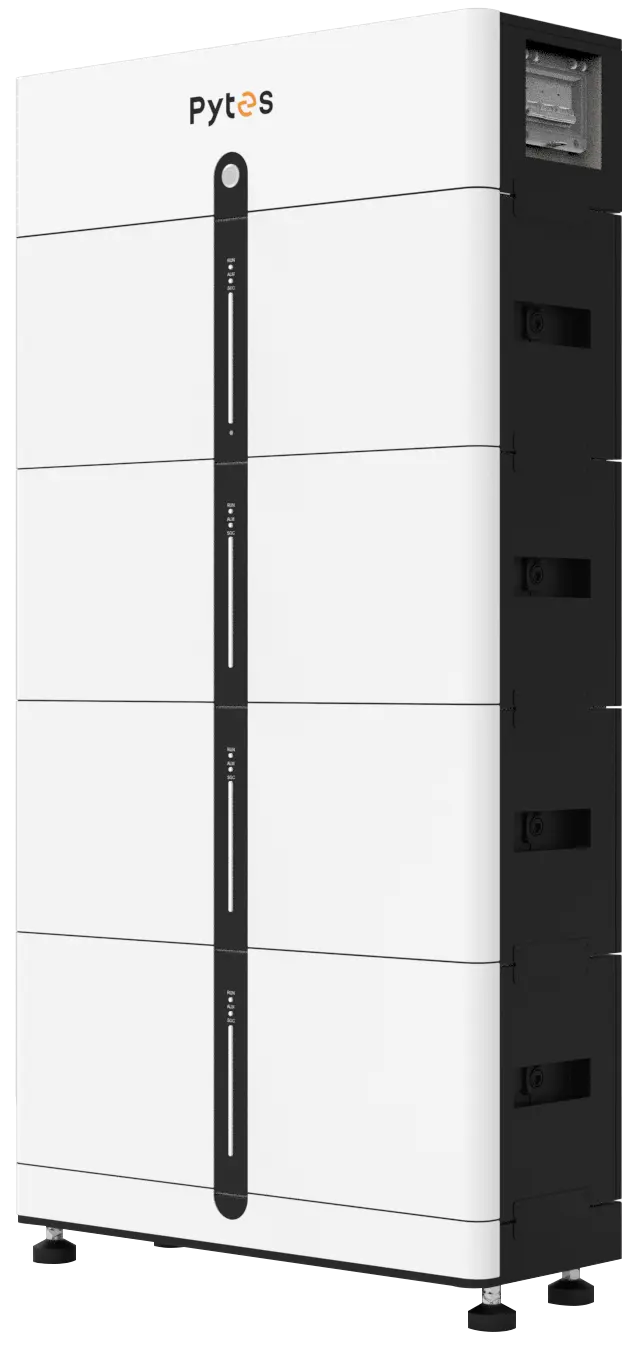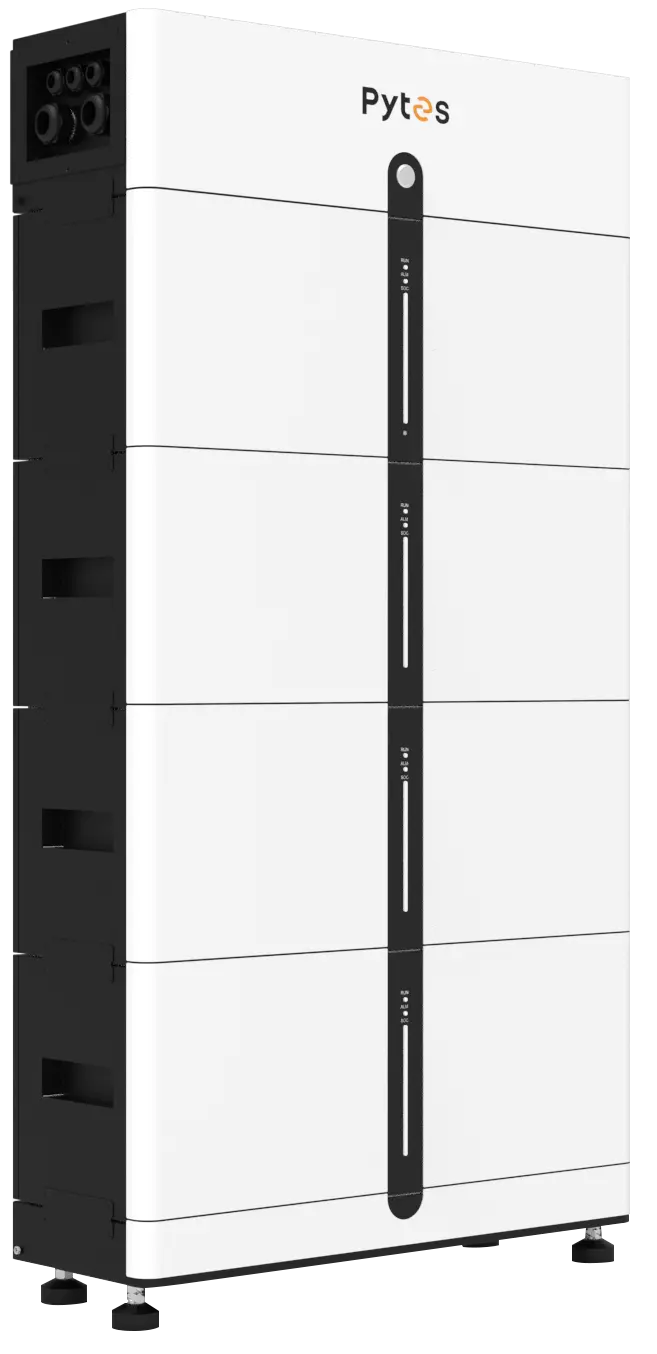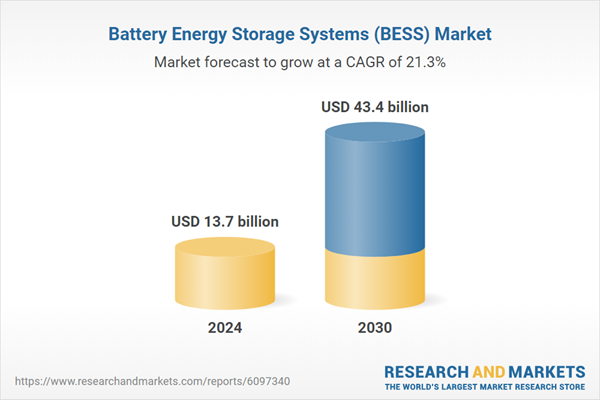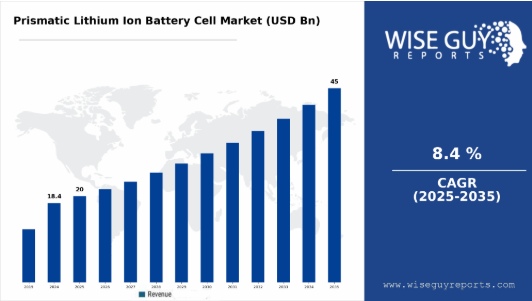The global energy landscape is rapidly shifting towards cleaner, more sustainable solutions. As we look ahead to 2025, one of the most exciting developments in the home energy sector is the rise of low voltage stacked battery systems. These advanced systems offer homeowners an efficient, safe, and scalable way to store energy, particularly from renewable sources like solar. With a growing emphasis on energy independence, grid resilience, and cost-effective solutions, stacked battery systems are poised to transform the way we manage and store energy in our homes.
The home battery market saw rapid growth in 2024, with increasing adoption in North America, Europe, and Australia.
Consumers are shifting towards safer and more flexible energy storage solutions like low-voltage LFP battery systems.
Market projections for 2025 suggest a 20%+ annual growth rate in residential battery storage installations.
Pytes(USA) Energy, Inc. is a leader in the development of residential energy storage systems. Our goal is to help individuals save money and feel at ease during power outages, provide ongoing support and leverage over 20 years of technical expertise.
Government Policies and Incentives: The U.S., Germany, and Australia continue to offer subsidies for battery storage adoption.
Rising Electricity Prices: More homeowners seek storage solutions to mitigate high electricity costs.
Decentralized Energy Systems: Growth in virtual power plants (VPPs) and peer-to-peer energy trading is increasing the demand for smart battery systems.
With the rise of distributed energy generation, homeowners are looking for ways to store excess energy produced by their solar panels or wind turbines. The global shift towards sustainability is driving the adoption of energy storage solutions in homes, and low voltage stacked battery systems are at the forefront of this trend.
By 2025, it is expected that the adoption of home energy storage will significantly increase, driven by the decreasing cost of batteries, advancements in technology, and the growing need for energy independence. Homeowners are looking to minimize their reliance on the grid, especially during peak hours when electricity costs are at their highest. Low voltage stacked battery systems provide a cost-effective, efficient, and scalable solution to meet this demand.
The continuous development of battery technology will be one of the key drivers for the expansion of low voltage stacked battery systems in residential applications. One major area of focus is improving the efficiency of these batteries, including their charge/discharge cycles and energy density.
In the coming years, expect to see advancements in lithium-ion technology, as well as the introduction of new chemistries like solid-state batteries. These improvements will result in lower costs, longer battery life, and faster charging times. Furthermore, smart battery management systems (BMS) will become increasingly sophisticated, allowing users to monitor and control their systems remotely, ensuring optimized energy storage and usage.
One example of such technological innovation is the Pytes Pi LV1 system, which features an intelligent monitoring system called the Smart Monitor. This system allows homeowners to monitor their battery's operation in real time, giving them greater control over their energy storage and consumption.

Historically, the upfront cost of energy storage systems has been a major barrier to adoption. However, in 2025, we will witness continued cost reductions across the battery storage market. The decreasing cost of lithium-ion batteries, improvements in manufacturing processes, and increased competition in the energy storage sector will lead to more affordable home energy storage solutions.
This trend will open the door for a wider range of homeowners to invest in low voltage stacked battery systems, with systems becoming more accessible to the middle class. Additionally, government incentives, tax credits, and subsidies for energy storage systems will further drive the affordability of these technologies.
As smart homes become more prevalent, the integration of low voltage stacked battery systems with other home automation technologies is expected to grow in popularity. Homeowners will demand seamless integration between their energy storage systems and other smart devices, such as lighting, heating, and cooling systems.
In 2025, many low voltage stacked battery systems will come equipped with advanced AI algorithms and machine learning capabilities, which can optimize energy storage and consumption based on real-time data. This will allow homeowners to automatically adjust their energy usage, schedule charging and discharging times, and even participate in demand response programs where utilities offer incentives for reducing energy usage during peak periods.
A system like the Pytes Pi LV1 also offers an advanced level of smart functionality, including its plug-and-play installation and easy-to-use monitoring capabilities. This integration ensures that users have a seamless experience, whether they are installing the system or using it on a day-to-day basis.
One of the key advantages of low voltage stacked battery systems is their scalability. Homeowners can start with a small system and gradually add more units as their energy needs increase. This modular design offers flexibility, enabling homeowners to adjust their energy storage capacity over time.
By 2025, more manufacturers will adopt modular designs that allow users to stack additional batteries, ensuring that systems are tailored to individual needs. This flexibility also allows homeowners to upgrade their energy storage systems as new technology becomes available, ensuring they stay on the cutting edge without needing to replace their entire system.
The Pytes Pi LV1 system offers excellent scalability with a modular design that allows homeowners to expand their energy storage capacity as required. With capacities ranging from 5.12 kWh to 30.72 kWh per unit, users can easily scale their system up to a total of 122.88 kWh, ensuring they always have enough storage to meet their evolving energy needs.
The integration of solar power systems with low voltage stacked battery systems is a growing trend that will continue into 2025. As the price of solar panels decreases, more homeowners are installing solar power systems as a way to reduce their energy costs. Pairing solar panels with a battery storage solution allows homeowners to store excess energy generated during the day and use it when the sun isn't shining.
Many solar and battery storage companies are already forming strategic partnerships to provide comprehensive energy solutions to homeowners. This trend is expected to continue, with manufacturers offering combined solar energy storage packages that offer a streamlined installation process and better performance.
The Pytes Pi LV1, with its plug-and-play functionality and compact design, is ideally suited for integration with solar power systems, providing an efficient and scalable solution for homeowners looking to store excess solar energy for use at night or during power outages.

Sustainability is a central theme for both consumers and manufacturers, and it will play an increasingly significant role in the future of low voltage stacked battery systems. In 2025, more consumers will prioritize energy storage solutions that have minimal environmental impact, and manufacturers will focus on creating eco-friendly batteries.
From reducing the carbon footprint during production to using sustainable materials in battery cells, the industry will continue to innovate to meet growing environmental concerns. Additionally, recycling programs for used batteries will become more widespread, helping to reduce waste and ensure the sustainability of battery technology.
The Pytes Pi LV1 system is designed with environmentally friendly LFP batteries, known for their non-toxic and non-hazardous properties. This focus on sustainability aligns with the growing trend of eco-conscious homeowners who are prioritizing green energy solutions.
The low voltage stacked battery market will experience significant growth globally in 2025. While regions like North America and Europe have seen early adoption of home energy storage systems, the demand is expected to rise in emerging markets such as Asia, Latin America, and Africa.
In developing countries, where access to reliable electricity may be limited, low voltage stacked battery systems offer a practical and affordable solution for homeowners.
In 2025, low voltage stacked battery systems will play a key role in helping homeowners control energy consumption, reduce costs and achieve a more sustainable future.
As battery technology advances, costs decrease, adoption increases, and integration into smart home systems continues, energy storage solutions will continue to gain in popularity. Whether used for solar energy storage or grid balancing, low voltage stacked battery systems will be at the heart of the home energy revolution, helping homeowners achieve greater energy independence.
Return on Investment for Low Voltage Stacked Battery Systems: Is Home Energy Storage Worth It?


